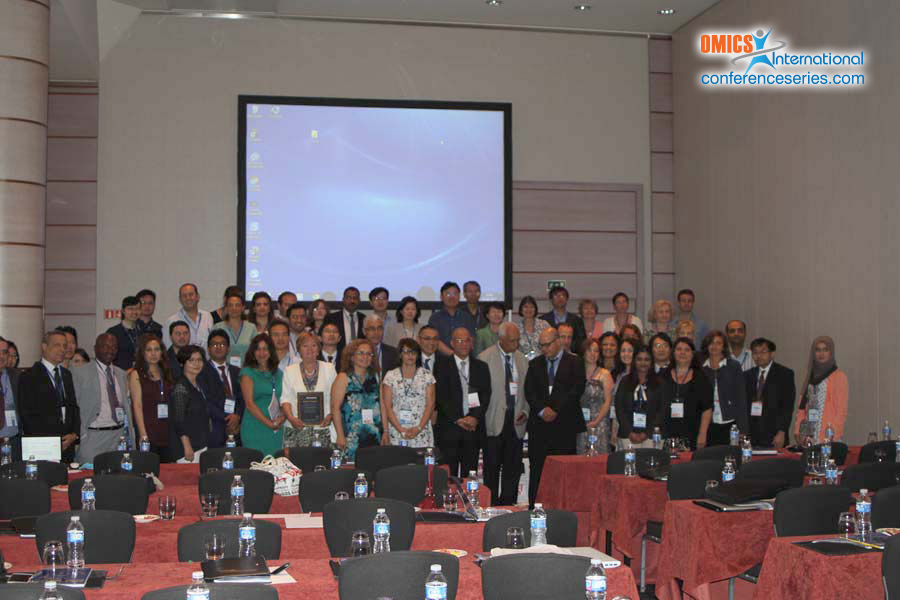
Jindrich Srba
Charles University in Prague, Czech Republic
Title: Position and processing of adverse drug reactions directly submitted by patients to national regulatory authorities in European countries
Biography
Biography: Jindrich Srba
Abstract
Pharmacovigilance system is consisted of several approaches used for drug safety surveillance. Spontaneous reporting systems in European countries have been established in the second half of the 20th century. Originally, spontaneous collection of adverse drug reactions was designed for healthcare professionals and marketing authorization holders. Under-reporting is in general considered as the main weakness of spontaneous reporting system, however increase in reporting activity at national and international level throughout the years was detected. Many factors may influence spontaneous reporting activity, nevertheless legal obligation of healthcare professionals to report any ADR did not correlate with the increase of reporting activity across the European countries. In this context, direct patient reporting has been included in spontaneous reporting system at national competent authorities. The position of patient-reported outcomes of adverse events (PRO-AE) is being established in pharmacovigilance systems of the European countries. In particular, characterization of reporting activity within European countries, evaluation the positions of adverse drug reaction reports directly submitted by patients to national competent authorities, and processing of PRO-AEs itself is becoming of high importance after the legislation changes in pharmacovigilance established by European Medicine Agency in 2012. PRO-AEs are of high importance in the framework of spontaneous reporting system. Various attitudes to direct patient reporting were detected among respective national competent authorities. New issues, like medical and reporter validation, should be solved. Establishment PRO-AEs in the current spontaneous reporting systems brings both opportunities and potential complications due to specifics of patients as reporters.

